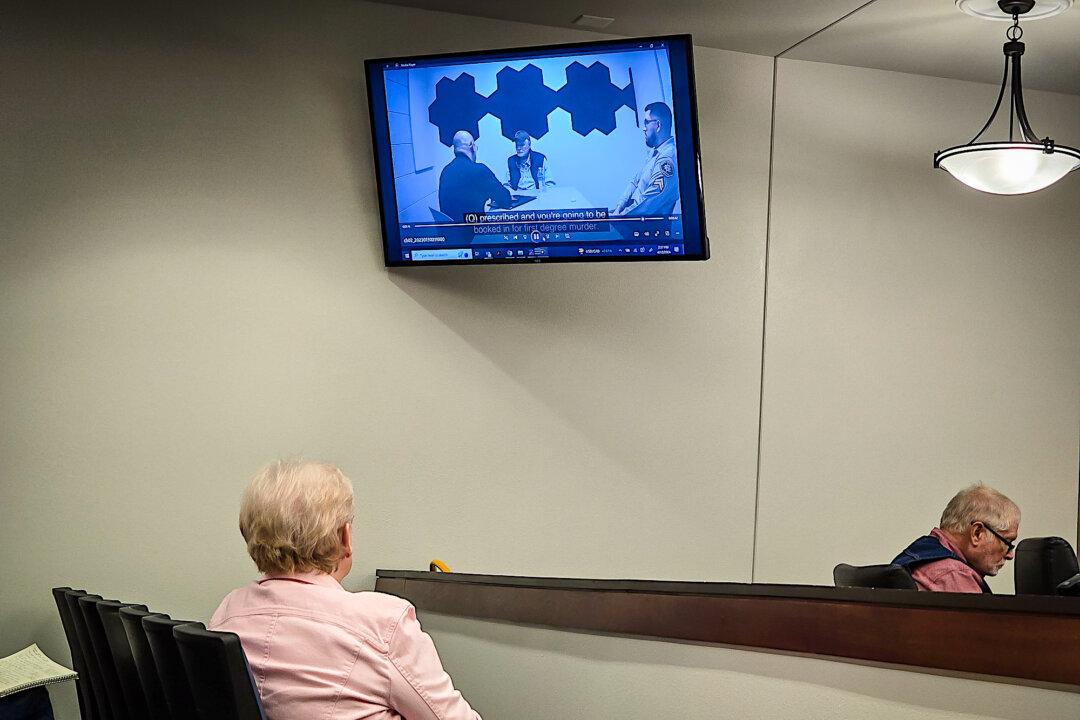NOGALES, Ariz.—On the night of his arrest, George Alan Kelly told investigators that he had “no reason to believe” that he had shot and killed an illegal immigrant who was later found dead on his ranch property on Jan. 30, 2023.
“I’ve never been confronted with a situation such as this. I’m still somewhat agitated. I’m still quite nervous—upset,” Mr. Kelly said during the videotaped interview with detectives for the Santa Cruz County Sheriff’s Office.





